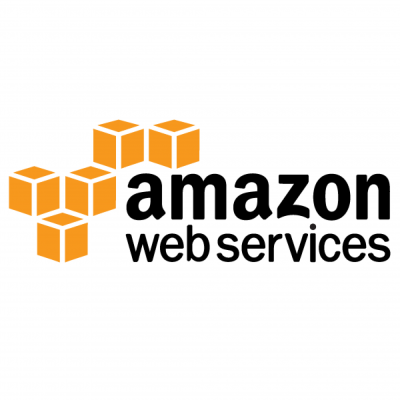
We are pleased to announce that YumWeb is now a proud Domain Name registrar and Hosting server provider. If you are looking to own a domain at an affordable price, then look no further. Go ahead and visit http://domain.yumweb.com and get yourself that domain which you always wanted.
YumWeb offers a huge array of TLD’s and new gTLD’s including .trade, .tips, .party, .guru, .best and a lot more to suite your business needs.
Aside from domain name you can also register for a Hosting Server, Email solutions, SSL certificates and much more.

